New to growing veg, and not sure where to start? Or simply faced with too much choice? To give you a helping hand, we’ve put together a selection of tried and tested exceptional performers that will keep you supplied with delicious fresh produce throughout summer and autumn. With this pick of the very best vegetable varieties out there, you’ll be reaping a bumper crop from your plot in no time!
Tomato ‘Sungold’
If you can only grow one tomato, make it the exceptional cherry tomato ‘Sungold’. Possibly the sweetest tomato ever bred, every juicy fruit is a burst of intense flavour. If sunshine had a flavour, it would taste like ‘Sungold’! These little golden gems are versatile, being ideal for salads, roasting or just eating straight off the plant – you won’t be able to resist. As ‘Sungold’ only needs to ripen to orange, this cordon variety is great for growing outdoors in a sunny spot.
Sow: indoors from February to April, or buy as young plants. Harvest: July to October.
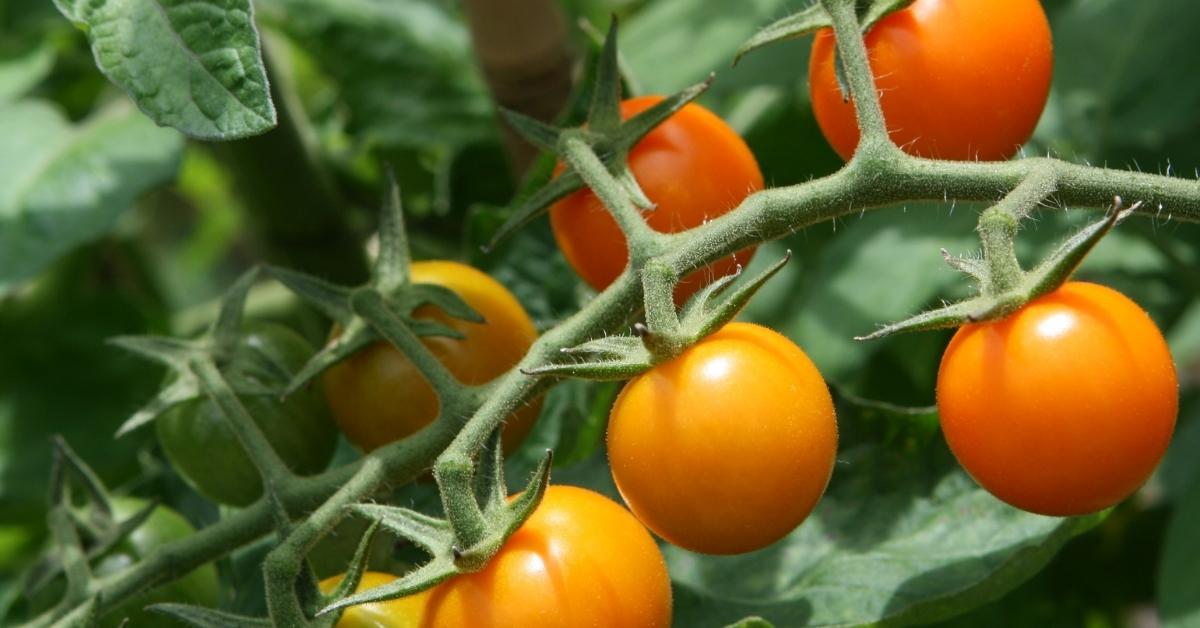
Climbing Bean ‘Cobra’
Climbing bean ‘Cobra’ is our favourite of all climbing beans. This delicious French bean is an exceptional cropper, producing huge yields of tender, flavoursome beans over an incredibly long season. Its pretty lilac flowers also make it a decorative addition to the allotment or veg patch! Once blanched the beans freeze very well, so any surplus can easily be frozen for later use.
Sow: indoors in May or June, or buy as young plants. Harvest: June to October.
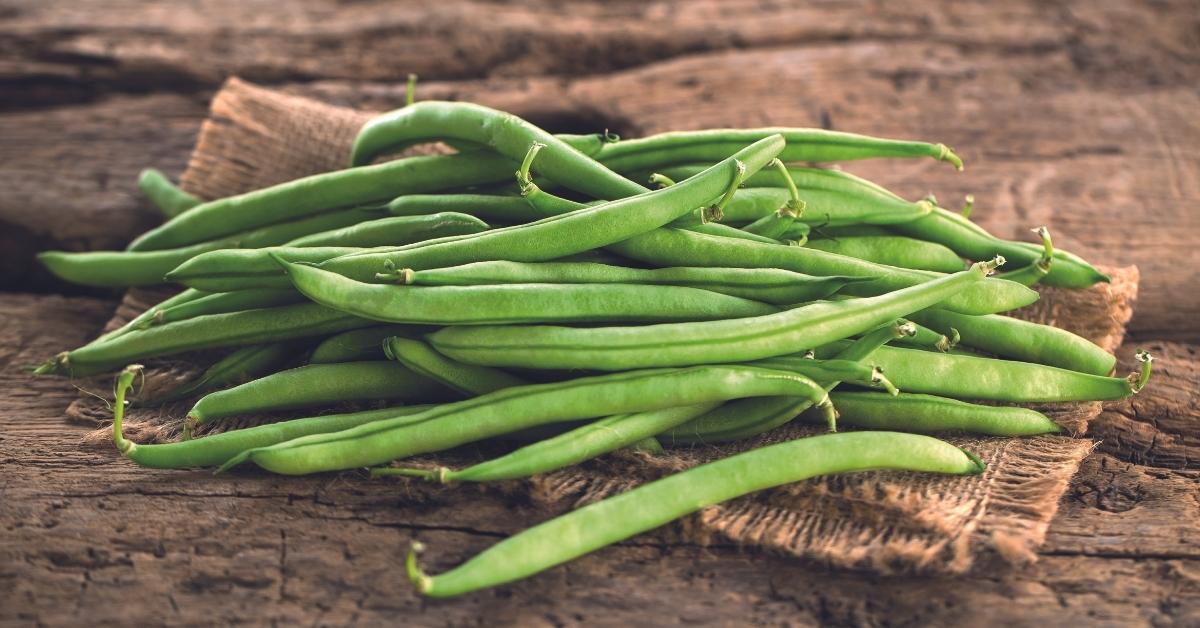
Lettuce ‘Little Gem’
You can’t go wrong with the crisp, sweet hearts of ‘Little Gem’. The perfect base for a salad or garnish for a sandwich, this cos lettuce is well known for its reliability and flavour. For a continual supply, sow successionally between March and September, and if protected from frosts by a cold frame, ‘Little Gem’ will keep cropping well into winter. No-dig veg guru Charles Dowding says: ‘It takes two to three months to develop a heart. Space closer at 15cm. Or, space at 22cm and pick as a leaf lettuce – I find this works really well.’
Sow: outdoors from March to August. Harvest: June to October (and later if protected from frosts).
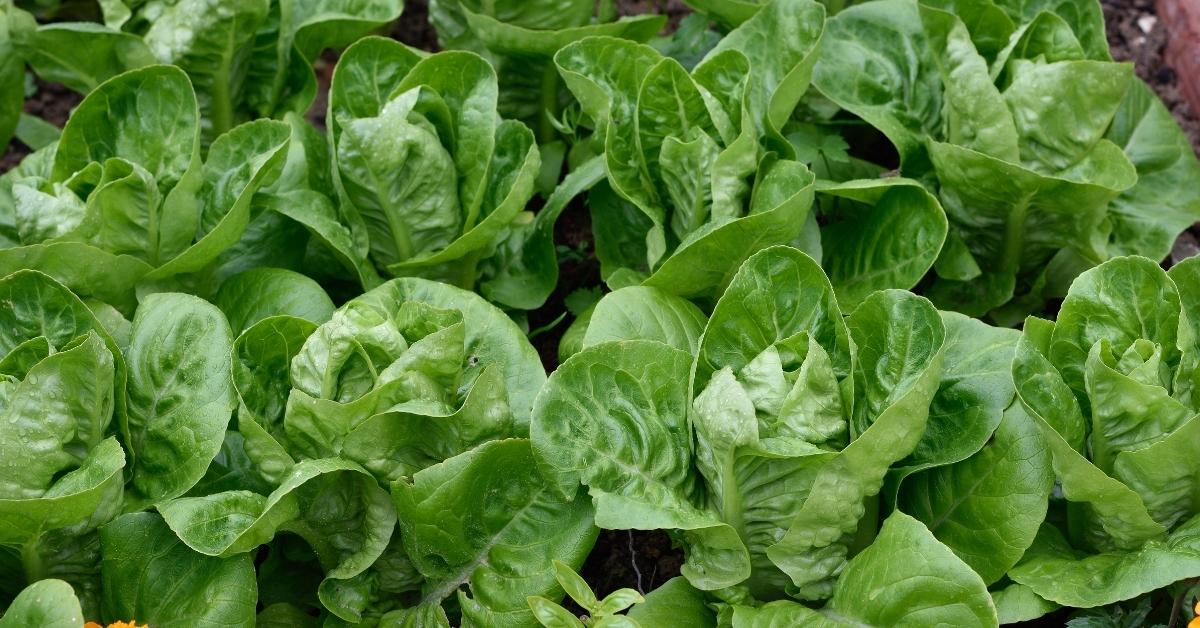
Courgette ‘Sure Thing’
Poor pollination is something that can really limit your courgette crop, especially if you only have a small number of plants. Solve this problem with courgette ‘Sure Thing’, whose fruits will develop whether or not they have been successfully pollinated, resulting in high yields of glossy dark green zucchini. You may even enjoy an earlier harvest since you aren’t reliant on warm, dry conditions to tempt out pollinators. Forming neat, compact plants, ‘Sure Thing’ is ideal for small spaces, and also shows strong resistance to powdery mildew to further extend the harvest season. A great crop is a sure thing!
Sow: indoors in April or May, or buy as young plants. Harvest: July to October.
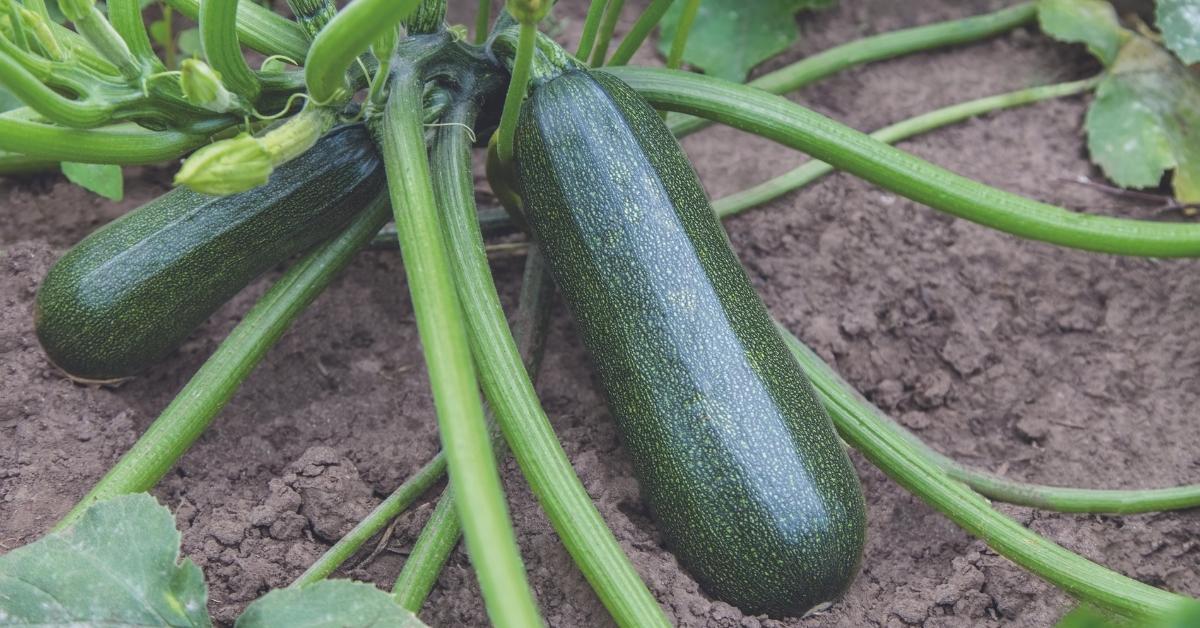
Spinach ‘Perpetual’
Enjoy fresh leaves all year round with this prolific hardy spinach beet. This vigorous biennial variety can be sown in spring or autumn to provide you with a constant supply of glossy, deep green leaves, including throughout the winter and into spring, with no protection required in most areas. These iron-rich leaves are incredibly versatile: they’re delicious sautéed with garlic as a side dish, or as the main event in a Greek spinach and feta pie or even a spinach and chickpea curry.
Sow: outdoors in March-April or September-October, or buy as young plants. Harvest: May to February.
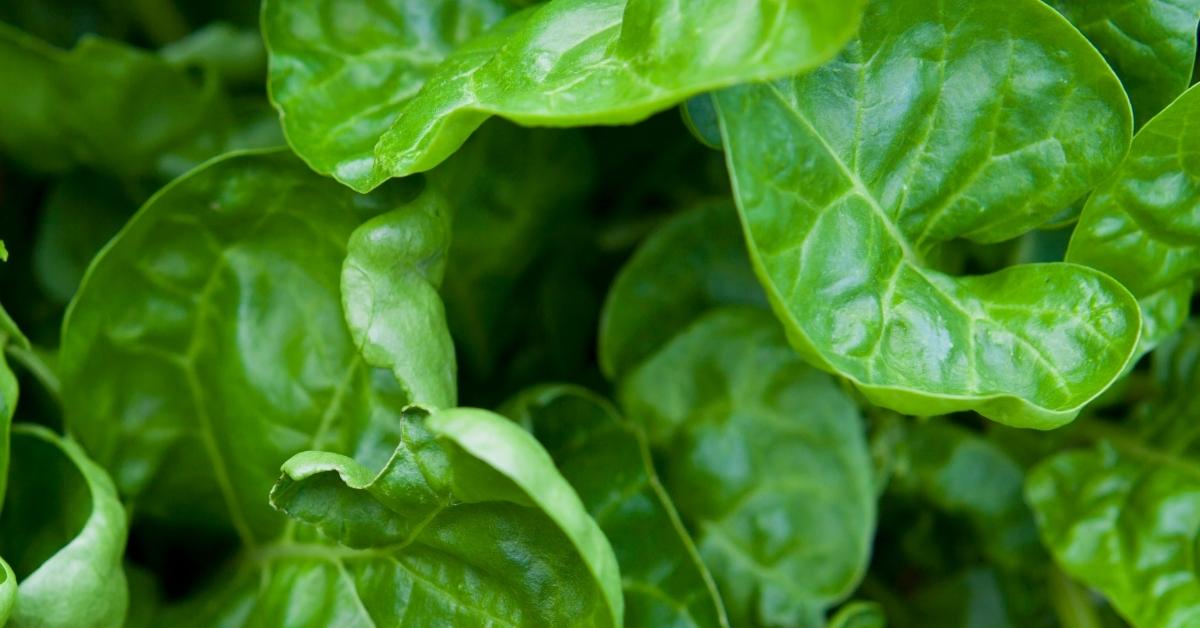
Chard ‘Bright Lights’
Paint your plot a myriad of colours with this gorgeous rainbow chard. Rainbow chard is a crop that is difficult to find in the shops – and if you do, it’s expensive! Chard ‘Bright Lights’ is a prolific but stunningly beautiful variety that is sure to become the centre of attention on the plot and on the plate. Long, strong stems in a myriad of vibrant colours bear large, glossy, deep green or purple leaves that are packed with vitamins, minerals and iron. The chopped stems are great stir-fried or used as a celery substitute while the leaves are used in the same way as spinach. A sheer joy to cook with!
Sow: outdoors from March to July, or buy as young plants. Harvest: July to first frosts.
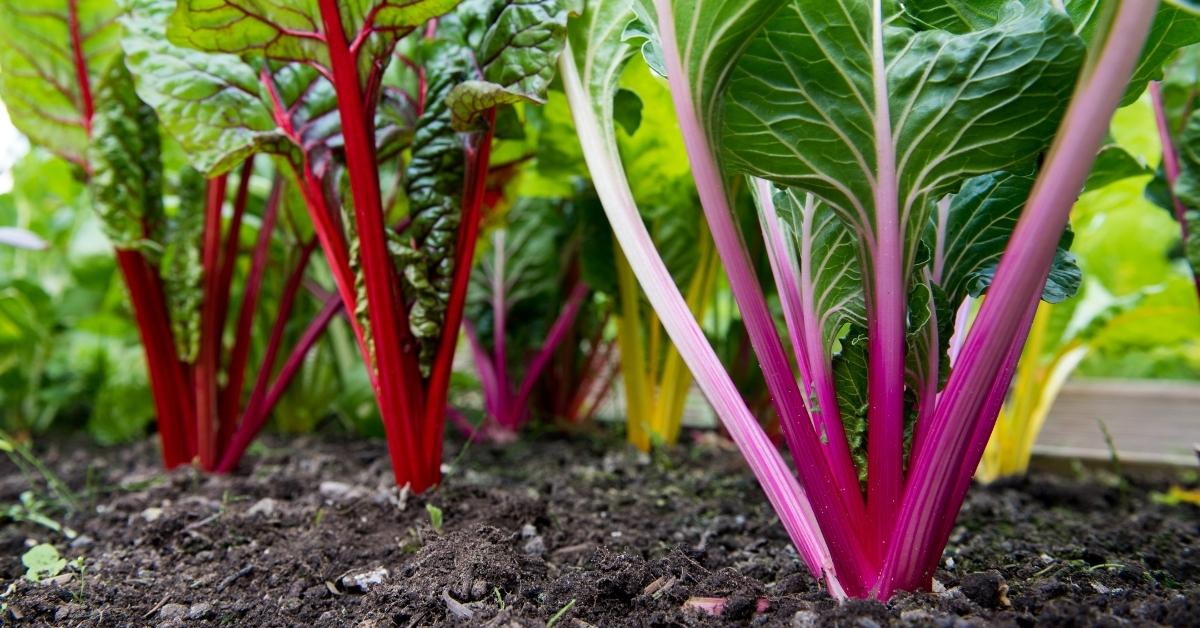
Potato ‘Desiree’
‘Desiree’ is a reliable and versatile maincrop potato that is an allotment staple for Matthew Oliver, Head of RHS Hyde Hall’s Global Growth Vegetable Garden, two-time pumpkin UK record holder and avid allotmenteer. Which plant would Matt take to a desert island? ‘A Desiree potato for my food source – they are my favourite maincrop potato’, he reveals. Praise indeed! This RHS Award of Garden Merit winner does well on all soils, and with a firm, waxy, pale yellow flesh that’s full of flavour, this super spud won’t disappoint whether it’s boiled, mashed, chipped or sautéed.
Plant: April. Harvest: July to September.
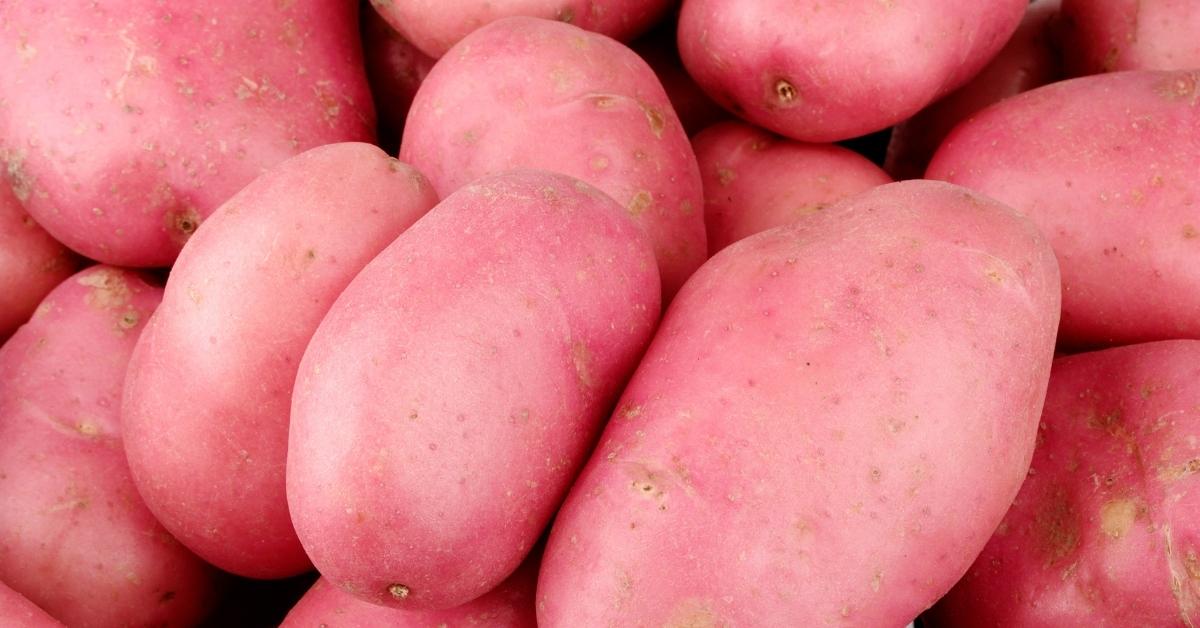
Onion ‘Setton’
Onion ‘Sturon’ has long been one of the best-loved of all spring-planting onions on account of its outstanding reliability and flavour. However, recent breeding has taken ‘Sturon’ and improved it even further, ramping up yields, storage potential and uniformity – and onion ‘Setton’ was born. With a great, strong flavour, round shape and long shelf life, this RHS award-winning onion is a a show bench favourite that will excel in all your kitchen needs.
Plant: March or April. Harvest: August to September.
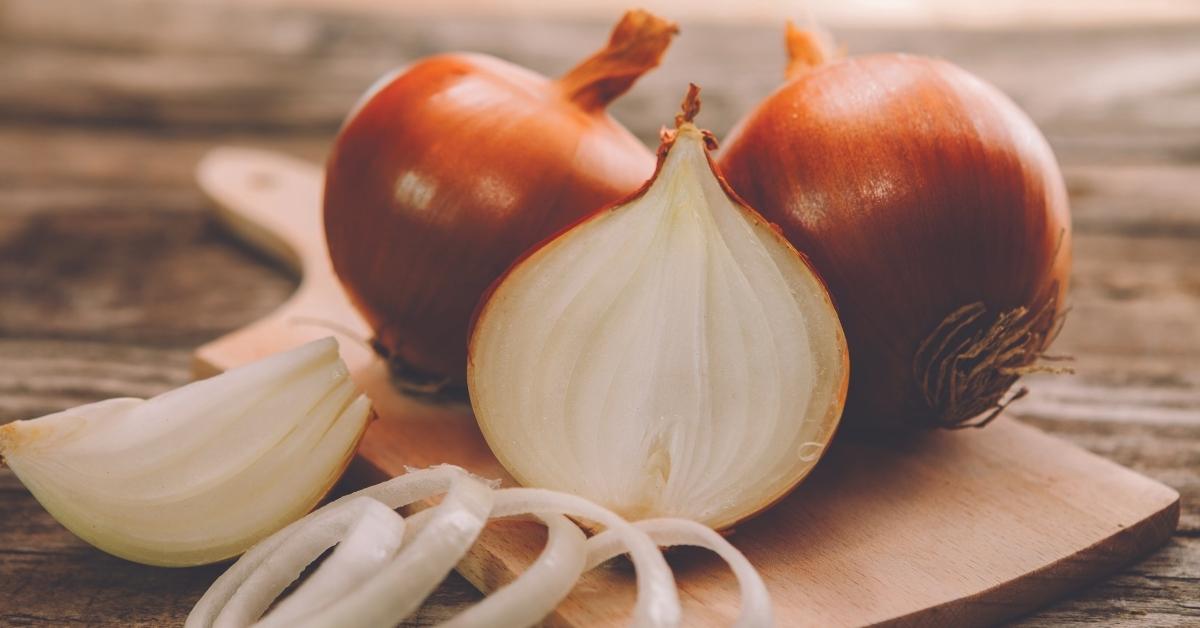
Leek ‘Autumn Mammoth’
Autumn Mammoth varieties such as ‘Autumn Mammoth 2’ (‘Snowstar’) produce huge, thick stems of crisp white flesh that are a hit both on the show bench and on the plate. No-dig veg guru Charles Dowding says: ‘Autumn Mammoth grows long, pale shanks, even without earthing up. It is always one of my highest-yielding varieties, tastes good and withstands moderate, but not severe frost.’
Sow: outdoors in March or April. Harvest: September to March.
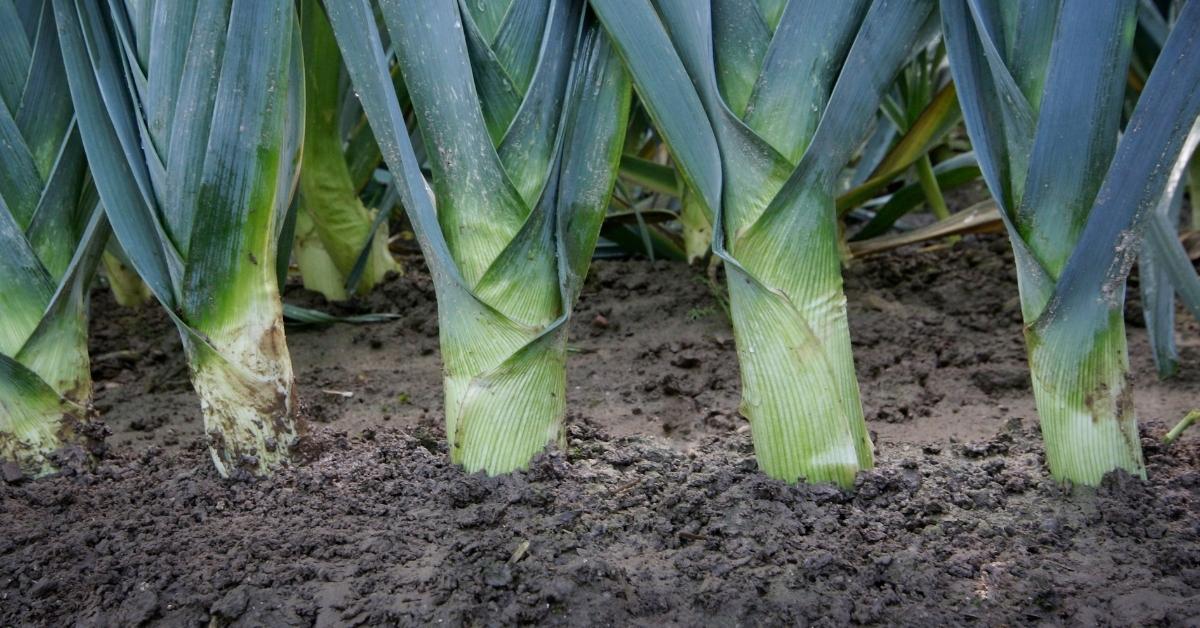
Beetroot ‘Boltardy’
Beetroot ‘Boltardy’ is a top quality, bolt-resistant variety that can be sown earlier than any other beetroot and holds an RHS Award of Garden Merit. Charles Dowding says, ‘For the very earliest, ‘Boltardy’ is excellent, providing sweet beets by late spring – one of the first fresh vegetables of the season’. Beetroot can be easier to grow than other root veg such as carrots, as they don’t succumb to problems like carrot root fly. The leaves can also be eaten in the same way as spinach – so no part of the plant is wasted!
Sow: outdoors from February to July, or buy as young plants. Harvest: June to October.
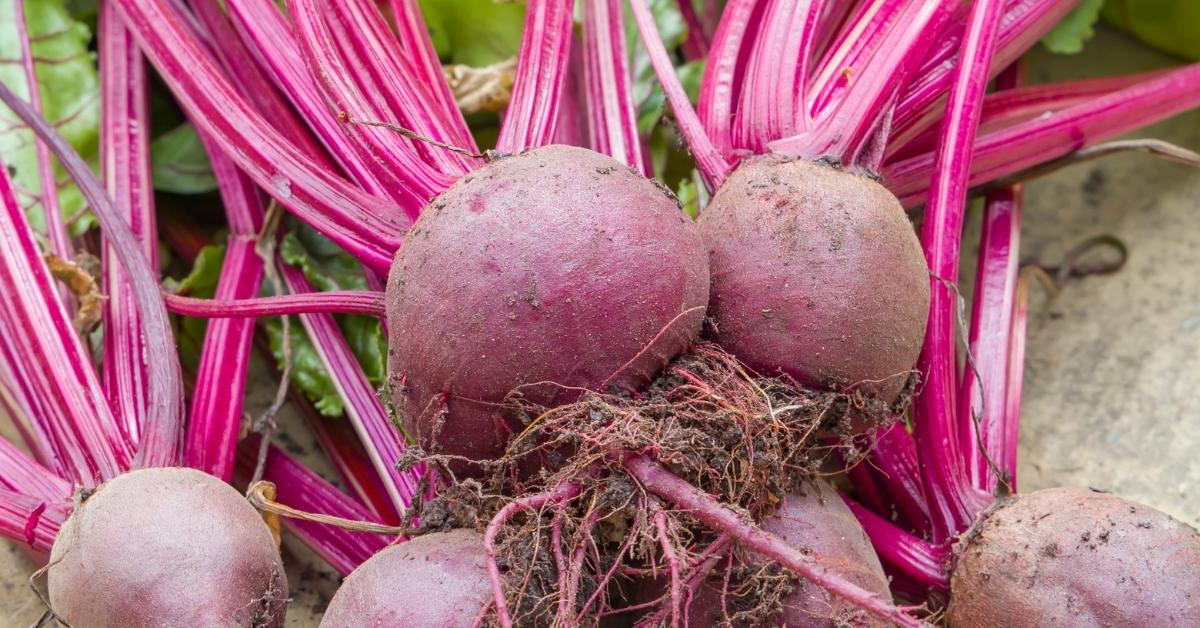
Though it’s far from an exhaustive list, we hope this selection has given you an idea of where to start with some of the best vegetable varieties available. Whether you grow all or just some, anyone can enjoy a bountiful supply of nutritious, zero air-miles homegrown veg throughout summer and autumn with these easy-to-grow top performers. In the immortal words of RHS veg legend Matthew Oliver, ‘Find the cultivars that work for you and stick with ‘em. Simples.’
Stay tuned for our next article on the best hardy winter vegetables to grow to extend your harvests throughout the winter and spring. Because trust us, once you’ve started picking your own, you’ll be hooked!

